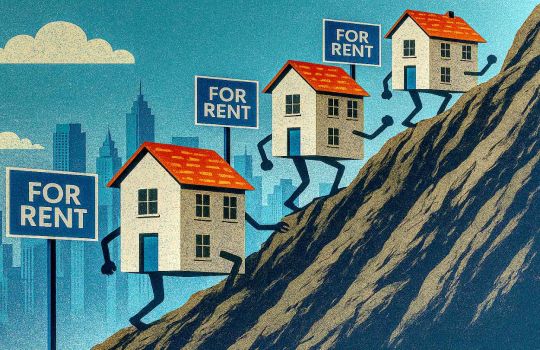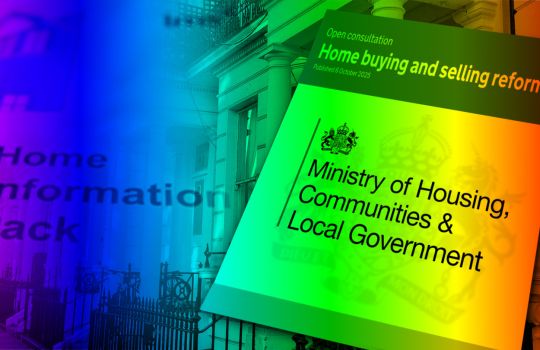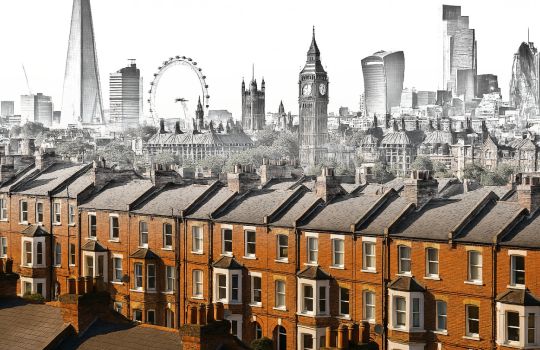The Rise and Fall

The UK housing market demonstrated resilience in October 2025, but did not deliver the typical seasonal uplift in asking prices seen in previous years, says the rent Rightmove House Price Index. The average asking price rose by just 0.3% (+£1,165) to £371,422, well below the ten-year October average of +1.1%. This muted increase is largely attributed to a decade-high volume of property listings, which has limited sellers’ ability to drive prices upward.
Despite this, year-to-date figures remain encouraging, with the number of agreed sales up 5% compared to the same period in 2024. However, new buyer demand and fresh listings in September 2025 were both down 5% year-on-year, reflecting a more cautious sentiment. Sellers have had to recalibrate their expectations amid high inventory levels and uncertainty surrounding potential property tax changes in the upcoming Autumn Budget.
On an annual basis, the national average asking price is down 0.1% compared to October 2024. This decline is primarily driven by falling property values in London and southern England. In contrast, regions such as Scotland, Wales, and northern England have recorded annual price increases of at least 1%, underscoring a growing regional divide. Southern markets are grappling with higher stamp duty costs and reduced international buyer interest, while more affordable regions remain relatively insulated.
| Feature - scroll to continue with content... |
| continue reading article... |
Looking at London…
The London property market continues to face headwinds, contributing to the national dip in prices. While Rightmove reports a month-on-month increase of 1.5% in October, average property values in the capital are down 1.4% year-on-year. This decline is linked to affordability challenges and a drop in international investment, particularly from overseas buyers who have historically driven demand in the high-end segment.
The situation is compounded by the high cost of living and the lingering impact of elevated mortgage rates, which continue to hinder first-time buyers. In response, many sellers are adjusting their price expectations to reflect current market realities.
Additionally, the stamp duty burden, especially on high-value properties, is dampening activity. Both buyers and sellers are adopting a wait-and-see approach ahead of potential tax reforms in the forthcoming Budget. As a result, many areas of London are experiencing slower transaction volumes and longer time on market.
However, not all parts of London are struggling. Outer boroughs and more affordable submarkets are seeing moderate price growth, suggesting a shift in buyer interest toward value-driven properties as households adapt to changing conditions.
Market Outlook
With a greater supply of homes on the market, sellers must be more competitive on pricing to attract buyers. Speculation around the Autumn Budget - particularly potential changes to property taxation - is contributing to a pause in decision-making for many movers.
Commenting on the situation, Rightmove’s Colleen Babcock emphasised the need for government action to ease market pressures, calling for stamp duty reform to help remove barriers to property transactions and support both buyers and sellers navigating the current landscape.
This article is for informational purposes. Always seek professional advice before making any property decisions.














